Don't miss our updates


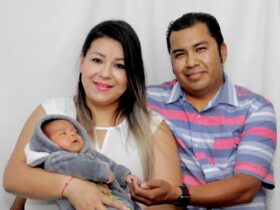
¿Se puede quedar embarazada con quistes en los ovarios? Conoce a Rosy, una mujer de más de 35 invadida de quistes, y cómo logró a su bebé.
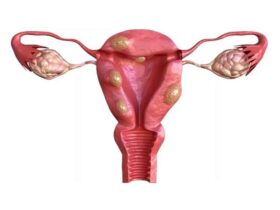
Uterine myomatosis is the appearance of myomas or fibroids inside the uterus. These are benign tumors classified by their location. The myomas or fibroids inside a woman’s uterus are classified in the following way, according to their location: Intramural: located in the uterus muscle wall and can affect fertility if they reach more than 4 centimeters. Submucosal: formed in the surface of the uterine lining and can affect embryo implantation. Subserosal: located in the outer cover of the uterus and usually doesn’t affect fertility. Is it a common condition? It is the most common pelvic tumor. Approximately 20% of women suffer of uterine myomatosis during their reproductive age (from their first menstruation until menopause) and particularly women ovdf the age of 30. Uterine myomas can be microscopic or slowly grow until filling the entire uterus. They have different shapes and sizes, and although they could be just one, most of the time are multiple. How does uterine myomatosis affect fertility? These tumors are present in both fertile and infertile women. Nevertheless, 80% of the cases of infertility because of the uterine factor, is because of the appearance of uterine fibroids that affect the uterine cavity, like the case of intramural and submucosal. The location of the uterine fibroids is very important because this determines whether they can potentially cause infertility, change sperm flow, or negatively affect the embryo implantation process. Could this condition affect pregnancy? Uterine myomas can cause compilations in the pregnancy process, such as: High risk of miscarriage Fetal growth retardation Premature delivery because of less space in the uterus Obstruction of the cervical canal Obstruction of labor Postpartum hemorrhage What are the symptoms? Around 25% of uterine myomas are asymptomatic. But they can also manifest through: Feeling of pressure in lower abs Abnormally abundant menstrual bleeding Longer than usual menstrual cycles Painful pelvic cramps Bleeding not related to menstruation Pain or difficulty while peeing Infertility Recurrent miscarriages It is important to point out that uterine myomatosis symptoms depend on the size, location and number of present fibroids. What are the causes? Although science hasn’t found the specific cause of the uterine myomas, it is known that appearance is related with genetic predisposition. Also, the growth is associated with hormonal changes in the ovaries, in particular with progesterone and estrogen production. Uterine fibroids appear during the reproductive stage of women, growing during pregnancy (when there is a high level of hormones), and disappear after menopause when the hormone levels are lower. How can I get a diagnosis? Reaching a specialist is the first step. The next one, probably, would be a vaginal ultrasound. Which is the most reliable study for uterine myomatosis diagnosis. It offers nearly 95% of accuracy when done abdominally and 100% when done intravaginally. The vaginal ultrasound must be interpreted by an expert. Can I become a mother despite being diagnosed with Uterine Myomatosis? When it comes to achieving a healthy pregnancy, treatment of uterine myomatosis depends on the age of the woman, and, above all, the size and location of the fibroids. Subserosal myomas rarely affect fertility, but patients with submucosal or intramural fibroids larger than 2 inches, are recommended to consider treatments such as In Vitro Fertilization (IVF), especially if they are over the age of 35. In Vitro Fertilization (IVF) is highly effective when uterine myomatosis does not affect the endometrial cavity. Fibroids usually change sperm traffic and the embryo implantation process, but In Vitro Fertilization makes it possible for egg fertilization to take place in the laboratory. Later, the embryo with the highest implantation potential is transferred into the uterus. How do I prepare for the process? Very rarely do women have to go through a myomectomy before proceeding with the In Vitro Fertilization (IVF) treatment. This is a surgery to take out the uterine fibroids, after which the pregnancy probability increases and there is an important decrease in the risk of miscarriage. The new IVF cycle must be performed immediately after the uterine myomectomy because the probability of pregnancy decreases after the first year due to uterine fibroids’ recurrence. If you would like to learn more about uterine myomatosis, visit our guide: What is Uterine Myomatosis?
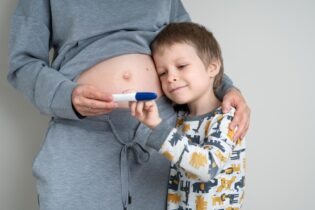
In today’s world, one in six couples faces fertility challenges. Often, this problem is shared by both men and women. The fertility of a woman under 35 years of age is defined by the ability to conceive after one year of unprotected sexual relations. However, after this age, the chances of natural pregnancy decrease significantly. Causes and Solutions of Infertility Contrary to what many think, 90% of infertility cases have a solution. The key lies in information and seeking help in time. However, a lack of knowledge can lead couples to delay seeking specialized assistance for up to six years. The Role of Ingenes in the Treatment of Infertility Ingenes stands out in this panorama with a success rate of 92% in treatment cases, the highest in Latin America and higher than the average for clinics in the United States. With the support of recognized institutions such as Conacyt, the Fertility Center of Illinois, and Cinvestav, Ingenes not only provides hope, but concrete results. How Ingenes Addresses Infertility At Ingenes, we understand that each case of infertility is unique. Therefore, we offer a personalized approach, combining advanced technology with a highly qualified medical team. From low-complexity treatments such as artificial insemination to high-complexity procedures such as In Vitro Fertilization (IVF), we make sure to offer each couple the most appropriate treatment for their needs. The path in search of your baby At Ingenes, we know that the journey toward finding your baby can be challenging. Therefore, we accompany our couples every step of the way, providing not only medical treatments but also emotional support and advice at every stage of the process. A Commitment to Education and Support We firmly believe in the power of education and information. That’s why at Ingenes we are committed to providing our couples with all the necessary information about their treatment options, potential challenges, and effective solutions.If you and your partner are facing fertility challenges, remember that you are not alone. At Ingenes, we are ready to help you turn your dream of becoming parents into a reality. Contact us to learn more about how we can support you on your journey to find your baby.
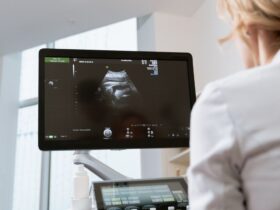
For couples who dream of becoming parents, understanding the causes of infertility becomes a fundamental step. An accurate diagnosis could turn these dreams into reality in almost 98% of cases. Endometriosis is one of those conditions that, without being detected in time, can put obstacles in the way of motherhood. What is Endometriosis and why is it crucial to detect it? This disorder occurs when tissue similar to the lining of the uterus begins to grow outside of it. In addition to causing discomfort, endometriosis can cause fertility complications. Because? The pelvic adhesions generated by this condition can cause both the fallopian tubes and ovaries to not function properly. These adhesions can lead to damage or blockage of the tubes, and a decrease in ovarian reserve. Identify Early Signs The worrying thing about endometriosis is that its symptoms, present in the reproductive stage, can be confused or overlooked. However, being alert is vital, especially if your goal is to have a child. Some signs to consider are: At Ingenes, we understand the importance of early and proper diagnosis. Our mission is to guide and support you in every step toward realizing your dream of being a mother. If you suspect or want more information about endometriosis and how it can influence your path to motherhood, we are here to help you.

El clomifeno es un medicamento que promueve la ovulación, y puede incrementar las probabilidades de un embarazo si es administrado de forma adecuada por médicos especialistas. Te explicamos cómo aquí.
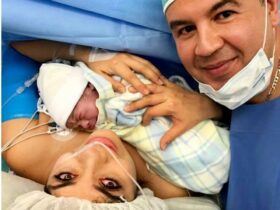
Las mujeres con ovario poliquístico pueden tener hijos. Claudia te cuenta cómo ella lo logró después de buscar a su bebé por más de 5 años.
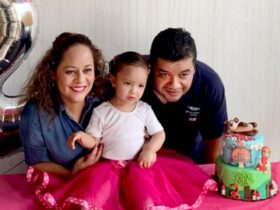
Una mala calidad de óvulos no impide que tengas un bebé. Iraí te comparte su camino y el tratamiento específico que la ayudó a lograrlo.

Guadalupe tenía 24 años cuando comenzó a buscar un tratamiento para tener hijos, pero su cuerpo se resistía al tratamiento. Ella te cuenta aquí.

Aneuploidía es una alteración genética que puede presentarse en el embrión y comprometer su desarrollo. Te decimos cuáles son sus principales causas y cómo prevenirla.

Después de los 35 años, Cisne tuvo un embarazo con FIV y logró a sus 2 bebés, aún viviendo con ovario poliquístico. Ella te cuenta su historia.
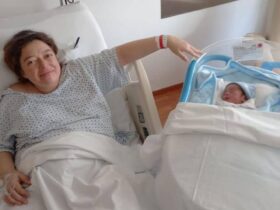
Baja reserva ovárica y FIV positiva en su tercer intento, conoce a Claudia, quien se convirtió en mamá después de varios tratamientos fallidos.

Fernanda tuvo su embarazo con ovario poliquístico, al realizar un tratamiento multiciclo de Fertilización In Vitro, aquí te cuenta su historia.
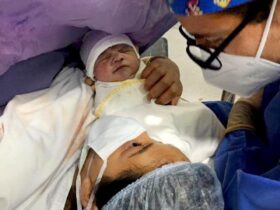
Te has preguntando: ¿Con ovario poliquístico puedo quedar embarazada? Karina lo hizo, conoce su historia y cómo tuvo a su pequeña Romina.

Con un tratamiento de Reproducción Asistida multiciclo, Marisol y su esposo lograron tener a sus cuatitos en su tercer ciclo de Fertilización In Vitro.

Verónica tuvo a sus trillizos por Fecundación In Vitro después de 20 años intentando ser mamá, pérdidas gestacionales y una baja reserva ovárica.